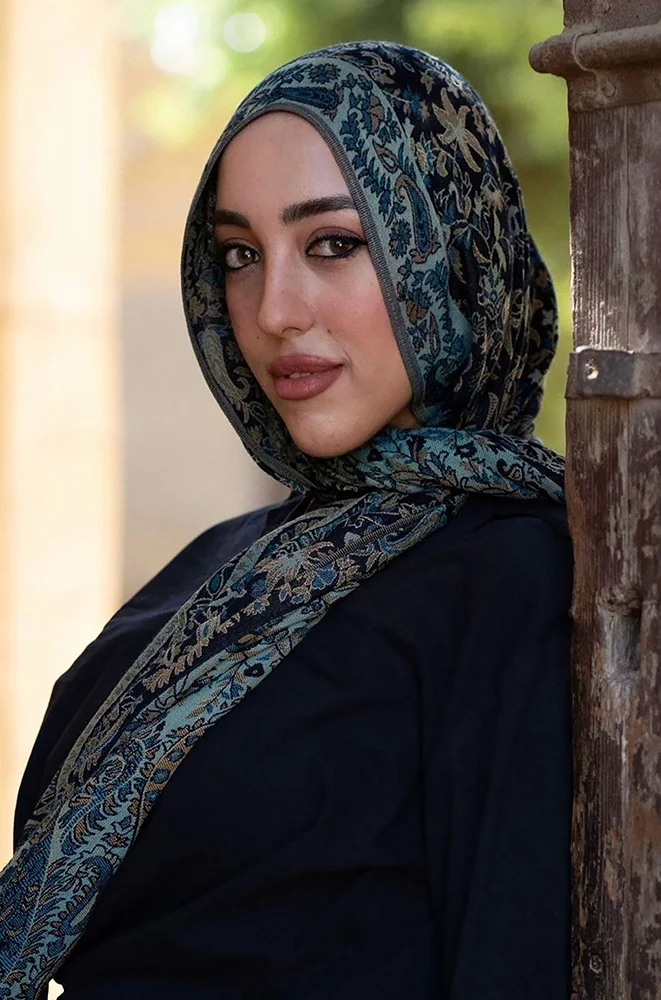Shams Radwan, 26 years old from Egypt, is a passionate storyteller and artist dedicated to capturing and sharing the beauty of life through every detail. Growing up in a country rich in diverse cultures and deep-rooted heritage, Shams has been inspired by the vibrant traditions and stories that shape its identity.
Her artistic journey began with a deep fascination for Egypt’s cultural tapestry, which she channels into creative works that celebrate heritage. Through her art, Shams transforms the beauty and narratives of Egypt's traditions into pieces that bridge the gap between past and present. With a focus on preserving cultural identity, she highlights the intricate details and timeless stories that make each tradition unique.
For Shams, sharing heritage is more than just a passion—it’s a mission to ensure that these traditions remain alive and appreciated by future generations. Her work continues to inspire and unite, reflecting a deep commitment to preserving and celebrating the legacy of her homeland.
Statement
"As an artist, my work is deeply rooted in preserving and celebrating the diverse cultural heritage of Egypt. Through my creations, I aim to capture the stories, patterns, and traditions that have shaped generations, transforming them into art that bridges the past and present.
My mission is to ensure that these invaluable traditions remain alive, appreciated, and understood, while inspiring future generations to explore the richness of their roots. By weaving the timeless beauty of our heritage into modern narratives, I seek to foster a sense of connection and unity through art."
Awarded Photographer of the Week - Week 02
